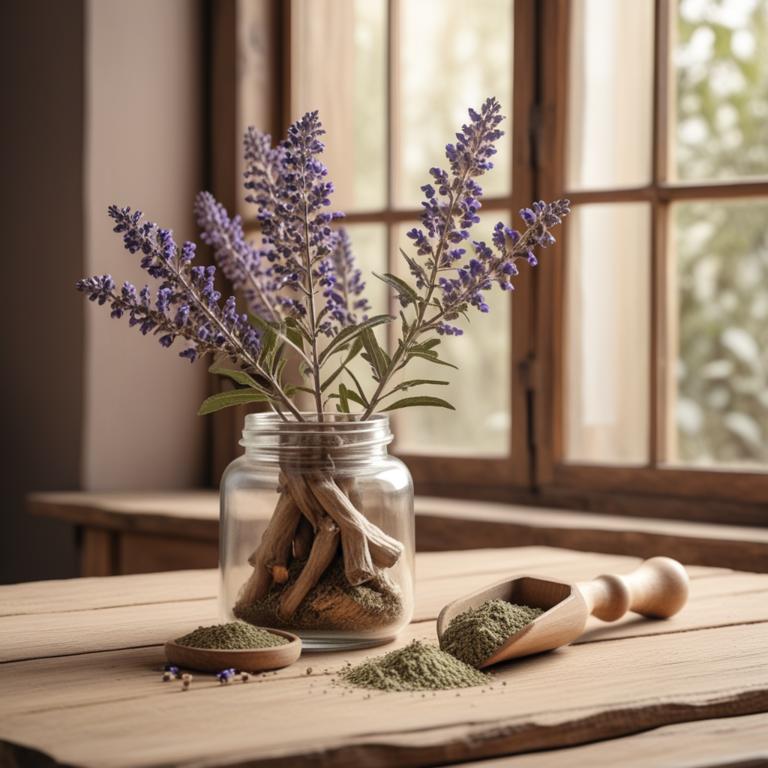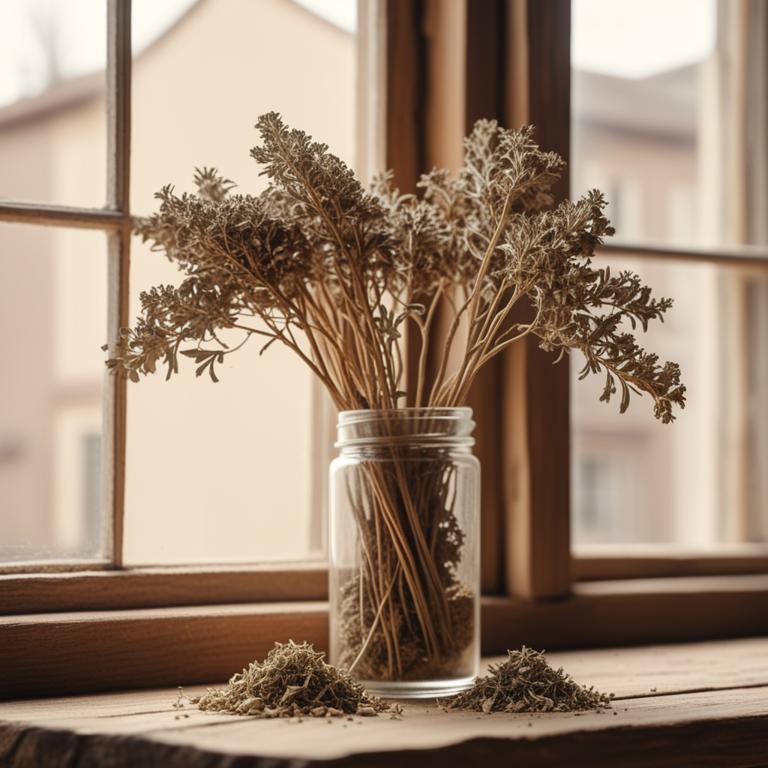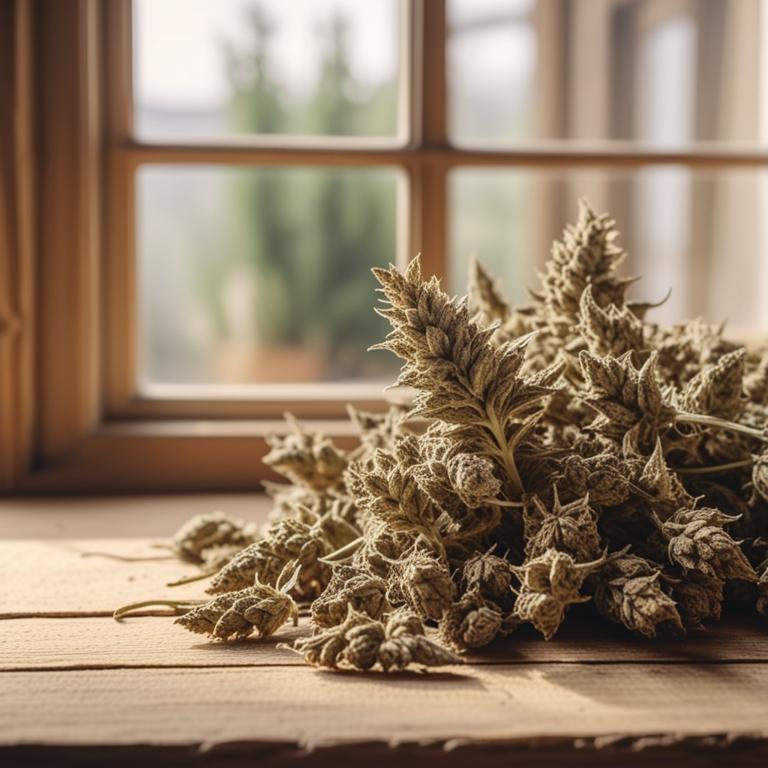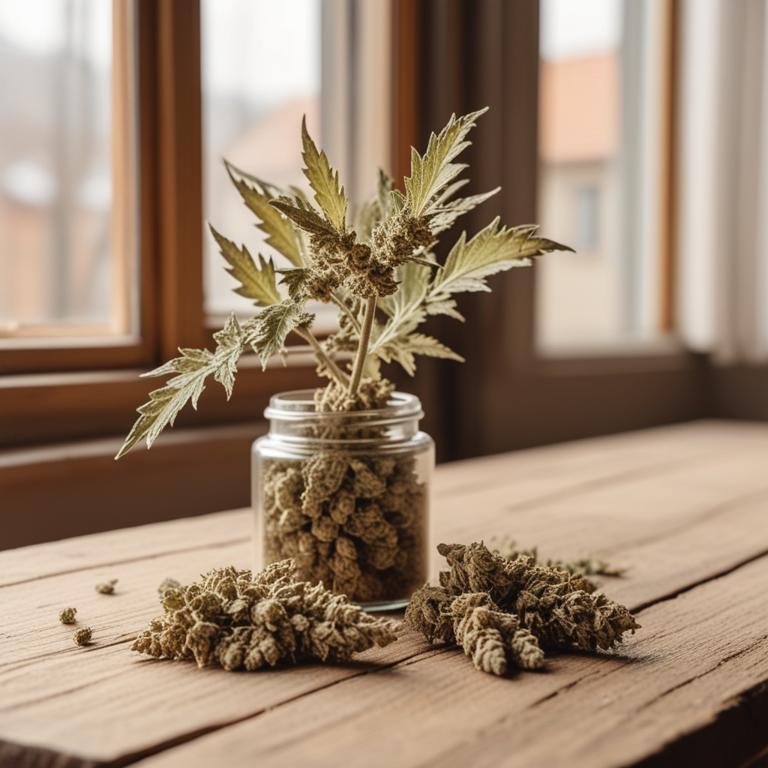Updated: Nov 30, 2024
7 Herbal Creams For Period Cramps
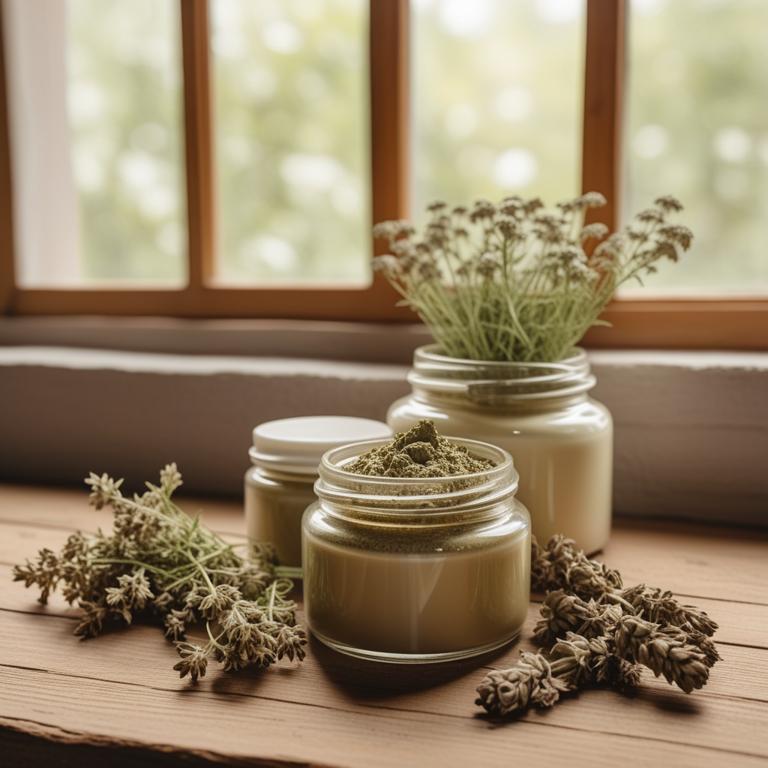
Herbal creams for period cramps are a natural way to find relief from the discomfort and pain that often comes with menstruation.
These creams typically contain herbs like Zingiber officinale, also known as ginger, which has anti-inflammatory properties that help reduce pain and swelling. Curcuma longa, or turmeric, is another herb often used in these creams, and its active compound, curcumin, has been shown to have potent pain-relieving and anti-inflammatory effects.
Another example is Lavandula angustifolia, or lavender, which has a calming effect on the body and can help soothe cramps and promote relaxation. When you apply an herbal cream to your skin, the active compounds from the herbs are absorbed into your body, where they can help reduce pain and inflammation. This can bring a range of benefits, including reduced pain levels, improved mood, and increased energy.
By using herbal creams for period cramps, you can find a natural and effective way to manage your symptoms and get back to your daily life without the need for medication.
This article explains in detail what are the best herbal teas for period cramps and wh.
Also, you may be interested in...
Today Free Bonus!
The Ultimate Herb Drying Checklist
(For Long-Lasting Powerful Medicinal Effect)
How to easily dry herbs that don't mold and that keep their strong medicinal power for more than 1 year.
Table of Contents
1. Zingiber officinale

Zingiber officinale creams contains a high concentration of gingerols and shogaols, the active constituents responsible for its therapeutic effects.
These compounds have potent anti-inflammatory properties, which help to reduce prostaglandins, hormone-like substances that cause pain and inflammation during menstruation. Gingerols and shogaols also have a natural analgesic effect, blocking the production of pain-causing chemicals in the body. The warming properties of Zingiber officinale creams help to increase blood flow and relax the uterine muscles, providing relief from cramping and discomfort.
By reducing inflammation and pain, Zingiber officinale creams can provide effective relief from period cramps.
- Gather ingredients: 1 cup of coconut oil, 1/2 cup of shea butter, 1/4 cup of beeswax, 2 tablespoons of ginger essential oil, and 2 tablespoons of vitamin E oil.
- Melt coconut oil and shea butter in a double boiler or a heat-proof bowl set over a pot of simmering water.
- Add beeswax to the melted mixture and stir until it's fully incorporated.
- Remove the mixture from the heat and let it cool slightly. Stir in ginger essential oil and vitamin E oil.
- Pour the mixture into a container and let it cool and solidify. Once set, your ginger cream for period cramps is ready to use.
2. Curcuma longa

Curcuma longa creams contains a compound called curcumin, which is also found in turmeric.
Curcumin has anti-inflammatory properties, thanks to its ability to block an enzyme called COX-2, which contributes to pain and inflammation. Other active constituents, such as demethoxycurcumin and bisdemethoxycurcumin, also have similar effects. These compounds help to reduce prostaglandins, hormone-like substances that cause the uterine muscles to contract and lead to period cramps.
By reducing inflammation and prostaglandins, Curcuma longa creams can help alleviate period cramps and provide relief for people experiencing menstrual pain.
- Gather ingredients: 2 cups of coconut oil, 1 cup of shea butter, 2 tablespoons of turmeric powder, 2 tablespoons of ginger powder, 2 tablespoons of calendula oil, and 2 tablespoons of vitamin E oil.
- Melt coconut oil and shea butter in a double boiler or a heat-proof bowl in the microwave (30 seconds at a time, until smooth).
- Add turmeric and ginger powders to the melted mixture. Stir well.
- Add calendula oil and vitamin E oil to the mixture. Stir well.
- Pour the mixture into a container and let it cool and solidify before use. Store in a cool place.
3. Lavandula angustifolia

Lavandula angustifolia creams contains linalool, linalyl acetate, and camphor, which are known for their anti-inflammatory and analgesic properties.
These compounds help to reduce pain and inflammation in the body, providing relief from menstrual cramps. The antispasmodic properties of linalool and linalyl acetate also help to relax the uterine muscles, reducing spasms and cramping. Camphor, on the other hand, has a cooling effect that can help to numb the pain and reduce discomfort.
By applying Lavandula angustifolia creams to the skin, these beneficial compounds can be absorbed into the body, providing fast and effective relief from period cramps.
- Gather 1 cup of coconut oil, 1/2 cup of shea butter, 1/4 cup of beeswax, 2 tablespoons of lavender essential oil, and a small bowl and double boiler.
- Melt the coconut oil and shea butter in the double boiler over low heat. Stir until smooth.
- Add the beeswax to the melted mixture and stir until fully incorporated.
- Remove from heat and add the lavender essential oil. Stir well to combine.
- Pour the mixture into a small container and let cool until solid. Once set, your lavender cream is ready to use.
4. Vitex agnus-castus
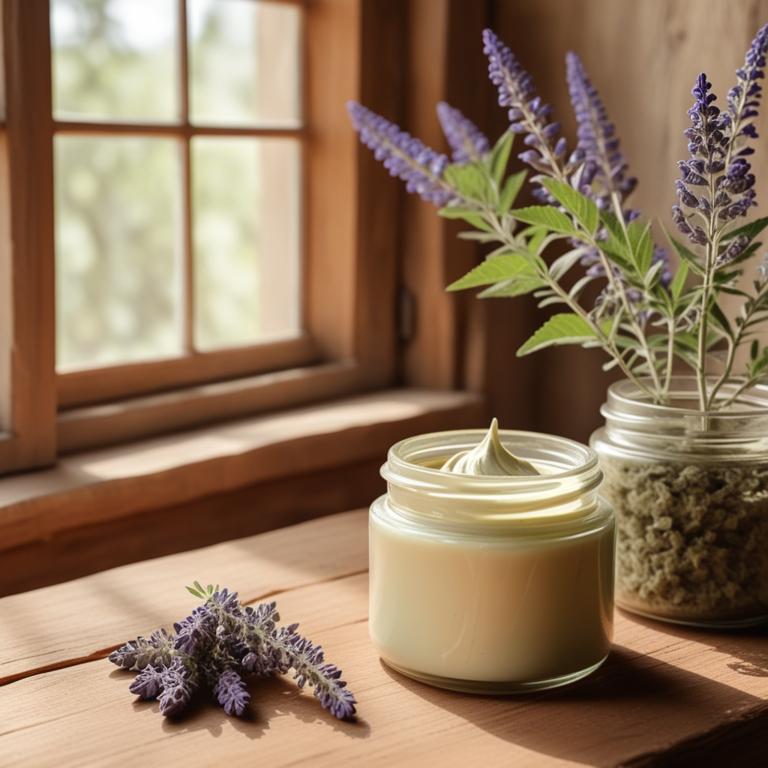
Vitex agnus-castus creams contains iridoid glycosides, particularly aucubin and agnuside, which are responsible for its therapeutic effects.
These compounds help to regulate hormonal imbalances, specifically the production of prostaglandins, which are involved in the contraction of the uterus during menstruation. By reducing prostaglandin levels, Vitex agnus-castus creams can help to ease menstrual cramps. The flavonoids and phenolic acids present in the cream also have anti-inflammatory properties, which can further alleviate discomfort associated with period cramps.
The combination of these bioactive constituents makes Vitex agnus-castus creams a potential natural remedy for managing menstrual cramp symptoms.
- Gather ingredients: 1 cup of coconut oil, 1/2 cup of shea butter, 2 tablespoons of beeswax, 2 tablespoons of Vitex agnus-castus essential oil.
- Melt coconut oil and shea butter in a double boiler or a heat-proof bowl set over a pot of simmering water.
- Add beeswax to the melted mixture and stir until it's fully incorporated.
- Remove the mixture from heat and let it cool slightly. Add Vitex agnus-castus essential oil and stir well.
- Pour the mixture into a container and let it cool completely before use. Store the cream in the fridge for up to 2 weeks.
5. Glycyrrhiza glabra

Glycyrrhiza glabra creams contains the active constituents glycyrrhizin and flavonoids, which have anti-inflammatory properties that help reduce pain and swelling associated with period cramps.
Glycyrrhizin has a similar structure to aldosterone, a hormone that helps regulate water and electrolyte balance, which can help alleviate cramping caused by prostaglandin fluctuations. Flavonoids, particularly quercetin, have antioxidant properties that help reduce inflammation and relax muscles, further contributing to period cramp relief. The anti-inflammatory and antioxidant properties of Glycyrrhiza glabra creams can also help reduce bloating and mood changes often experienced during menstruation.
By applying the cream topically, glycyrrhizin and flavonoids can directly target the affected areas and provide targeted relief from period cramps.
- Gather ingredients: 1 cup of distilled water, 2 tablespoons of dried Glycyrrhiza glabra root powder, 2 tablespoons of beeswax, 2 tablespoons of coconut oil, and 2 tablespoons of shea butter.
- Combine distilled water and Glycyrrhiza glabra root powder in a small saucepan. Heat the mixture on low heat, stirring until the powder dissolves.
- Remove the saucepan from heat and let it cool slightly. Add beeswax, coconut oil, and shea butter to the mixture. Stir until all the ingredients are well combined.
- Transfer the mixture to a blender or a mixing bowl. Blend the mixture until it's smooth and creamy. Pour the mixture into a clean container.
- Let the cream cool and harden completely before use. Store the Glycyrrhiza glabra cream in a cool, dry place and use it as needed to relieve period cramps.
6. Angelica archangelica
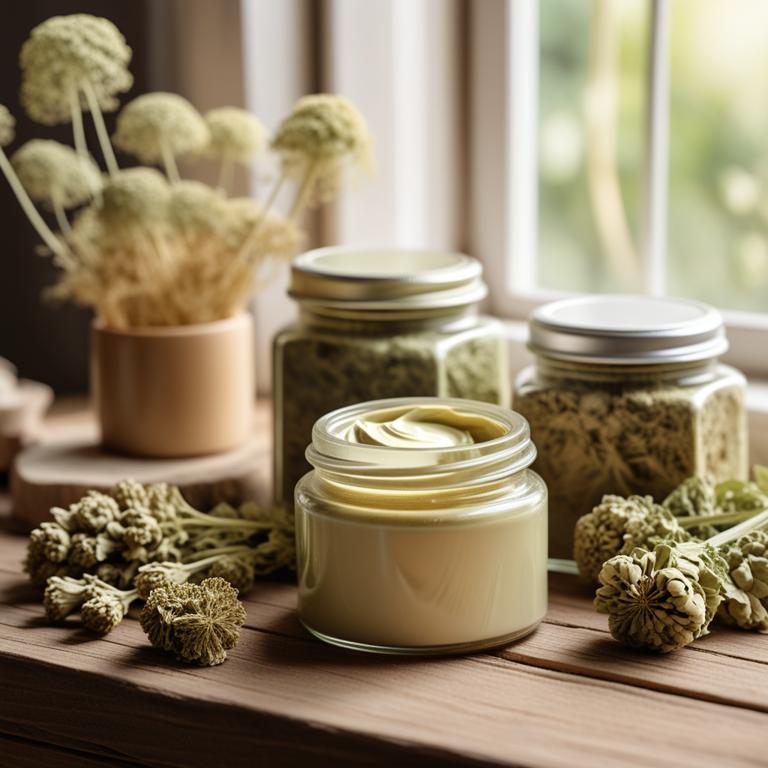
Angelica archangelica creams contains angelic acid and ferulic acid, which are anti-inflammatory compounds that help reduce swelling and pain.
These acids also have antispasmodic properties, which relax the uterine muscles and ease cramps. Additionally, angelica archangelica creams contain beta-sitosterol, a compound that blocks the production of prostaglandins, hormone-like substances that cause the uterine muscles to contract and lead to cramps. The anti-inflammatory and antispasmodic properties of angelic acid and ferulic acid help to reduce inflammation and ease discomfort, providing relief from period cramps.
The combination of these compounds makes angelica archangelica creams a natural and effective remedy for period cramps.
- Gather 1 cup of dried Angelica archangelica root and 2 cups of carrier oil (coconut or olive oil) in a clean glass container.
- Combine the dried Angelica archangelica root and carrier oil in a saucepan. Heat the mixture over low heat (100°F - 150°F) for 2-3 hours, stirring occasionally.
- Strain the mixture through a cheesecloth or a fine-mesh sieve into another clean glass container. Discard the solids.
- Add 2 tablespoons of beeswax and 2 tablespoons of vitamin E oil to the strained liquid. Heat the mixture over low heat until the beeswax is melted.
- Pour the mixture into small tin containers and let it cool. Store the creams in a cool, dark place. Use 1-2 teaspoons of the cream as needed to relieve period cramps.
7. Valeriana officinalis

Valeriana officinalis creams contains valerenic acid, valerenol, and valepotriates as its active constituents.
These compounds have a sedative effect and help to relax the uterus, reducing muscle spasms that cause period cramps. The valepotriates in Valeriana officinalis also have anti-inflammatory properties, which can help to reduce swelling and discomfort associated with menstrual cramps. Furthermore, valerenic acid has a calming effect on the nervous system, which can help to reduce stress and anxiety that can exacerbate period cramps.
By providing a relaxing and calming effect, Valeriana officinalis creams can help to alleviate period cramps and promote a sense of well-being.
- Gather ingredients: 1 cup of coconut oil, 1/2 cup of beeswax, 2 tablespoons of Valeriana officinalis essential oil, and 2 tablespoons of lavender essential oil.
- Melt coconut oil and beeswax in a double boiler or a heat-proof bowl set over a pot of simmering water.
- Remove the melted mixture from heat and stir in Valeriana officinalis and lavender essential oils.
- Pour the mixture into small containers and let it cool and solidify.
- Once solid, store the Valeriana officinalis cream in a cool place and use 1-2 tablespoons as needed to relieve period cramps.
FAQ
Can drinking herbal tea prevent period cramps from forming?
Drinking herbal tea may help ease period cramps.
Ginger tea, in particular, has anti-inflammatory properties that can soothe the muscles in the uterus. Peppermint tea can also relax the body and reduce cramping.
Some herbal teas contain chemicals that can block pain signals to the brain, giving you some relief.
Is it safe to consume herbal teas for period cramps every day?
While herbal teas can be a helpful relief for period cramps, drinking them every day may not be the best choice.
Some herbs, like ginger and chamomile, can be safe to consume daily, but others, like pennyroyal and blue cohosh, may have side effects if taken too frequently.
It's best to limit use and listen to your body.
How long does it take for herbal teas to show results in period cramps?
Herbal teas like ginger and chamomile can help with period cramps.
It may take a few days to a week to start feeling some relief. Some people find that their cramps ease up after drinking these teas regularly for a few days.
It's different for everyone, so patience is key.
Related Articles
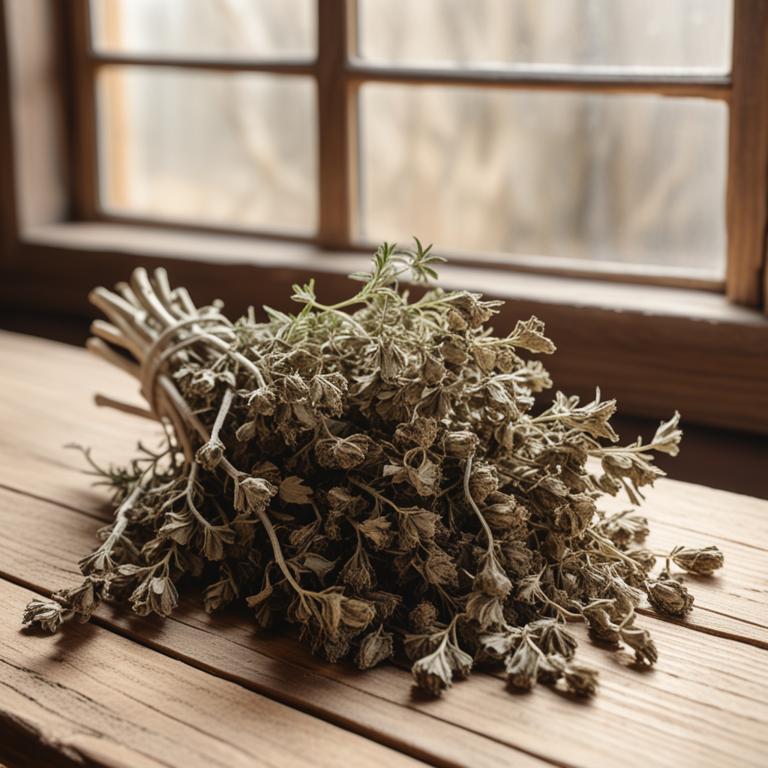
Low Sperm Count: Exploring the Reasons, Herbal Solutions, and Preparations

The Menopause Guide: Causes, Herbs, and Herbal Preparations
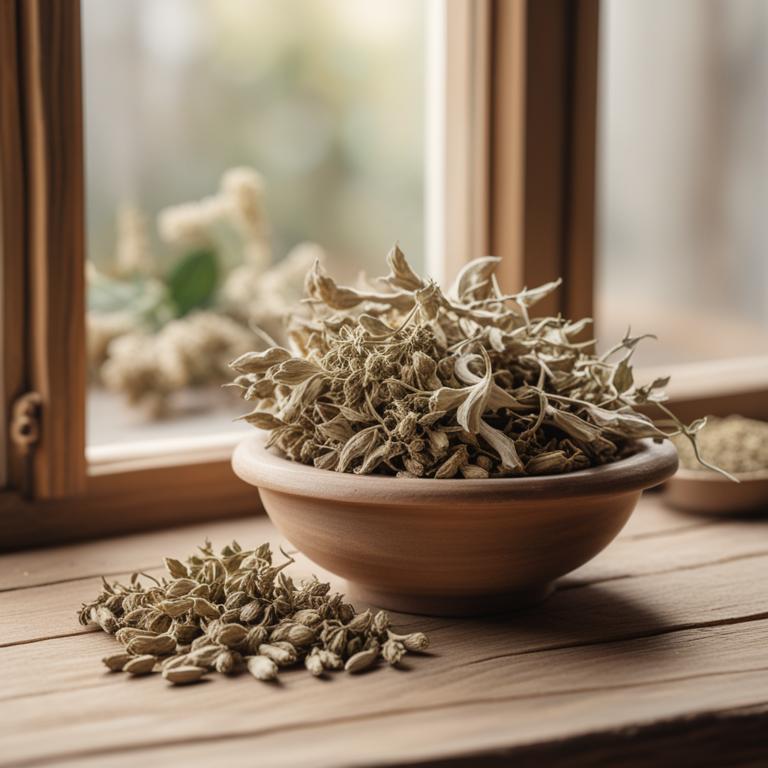
Overcoming Erectile Dysfunction with Medicinal Herbs and Natural Preparations
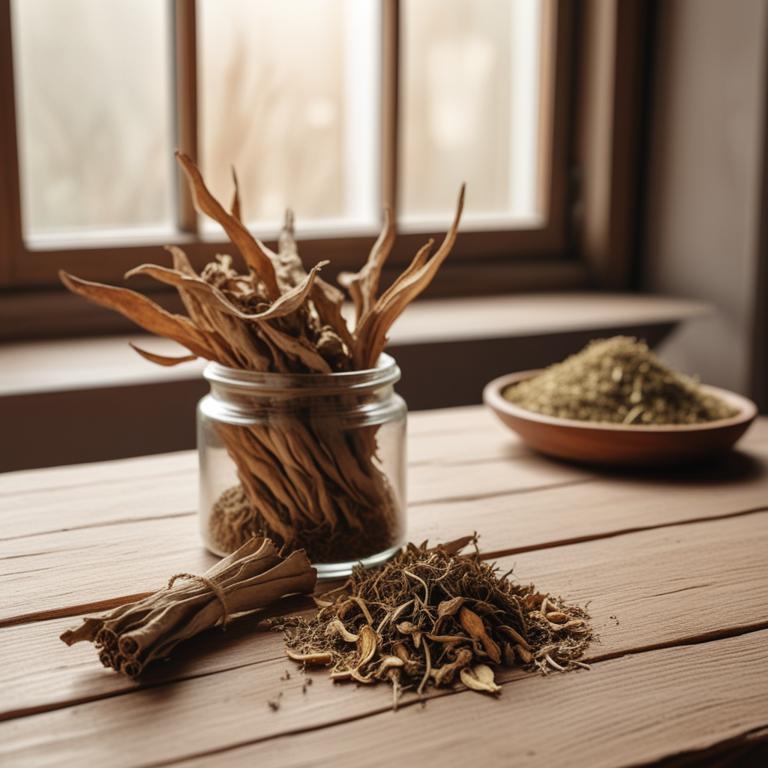
Menstrual Cramps: Understanding the Causes and Finding Relief with Medicinal Herbs
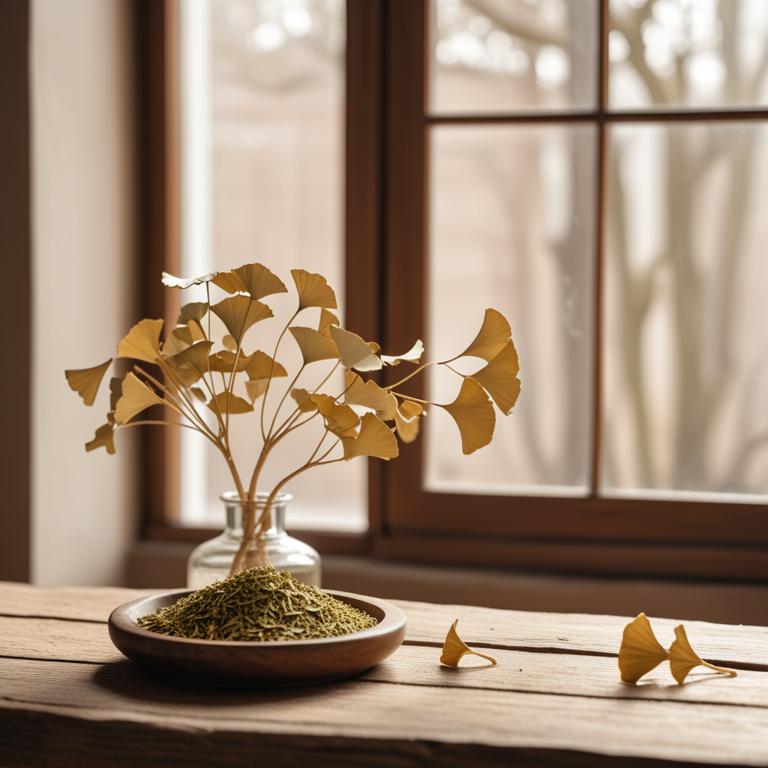
Amenorrhea Causes, Symptoms, and Treatment with Medicinal Herbs
